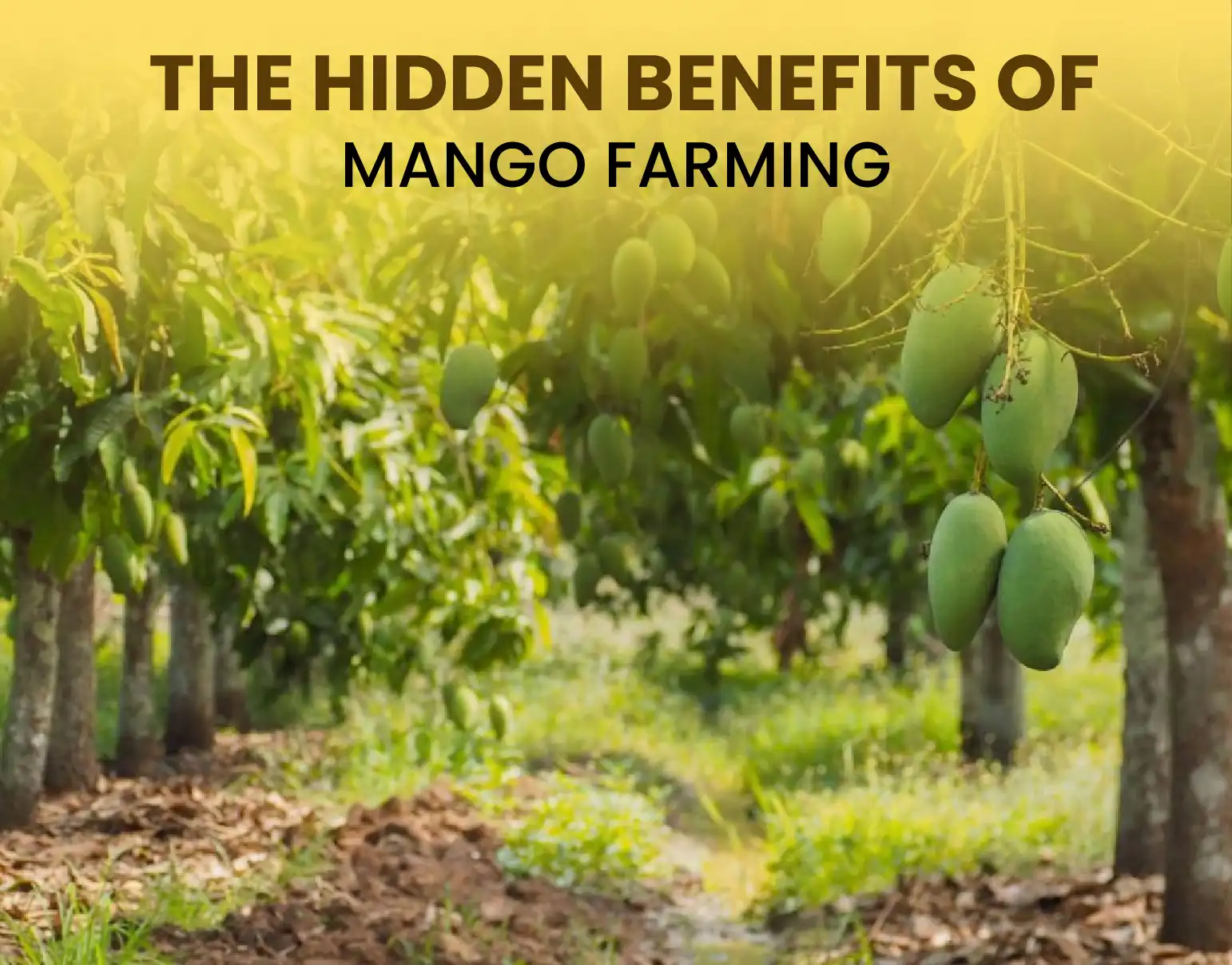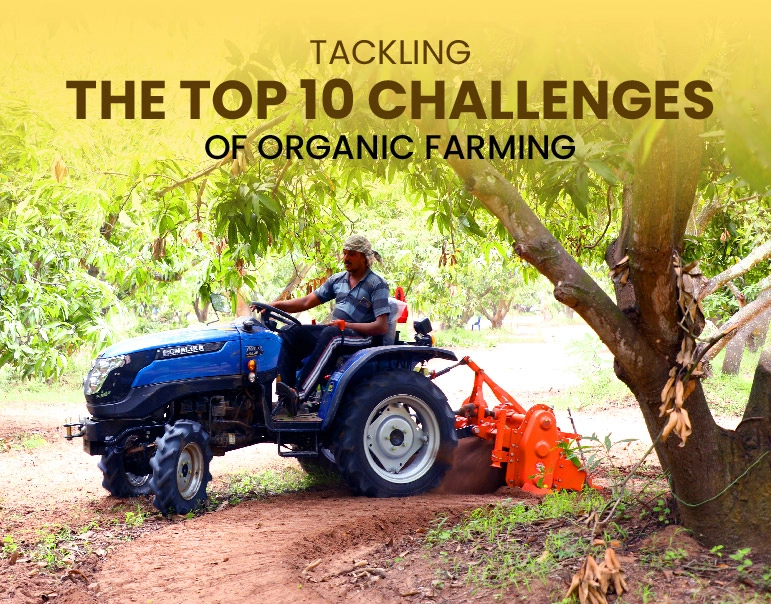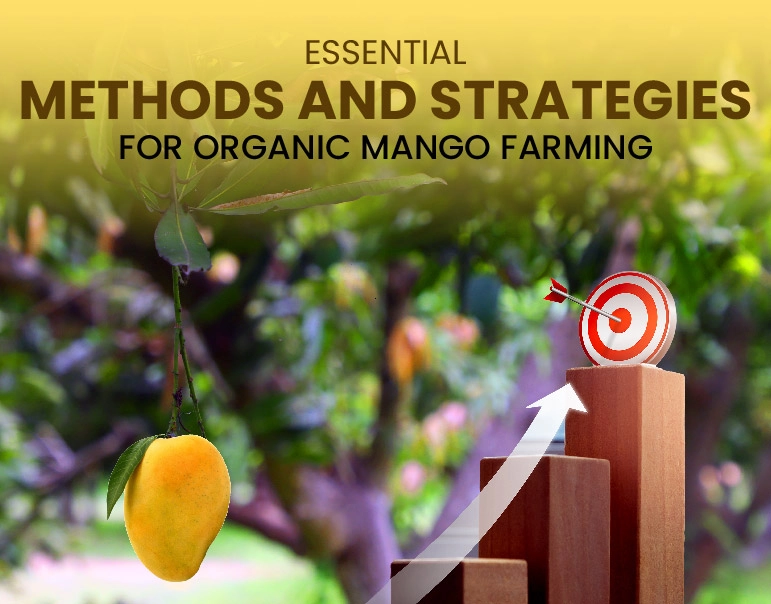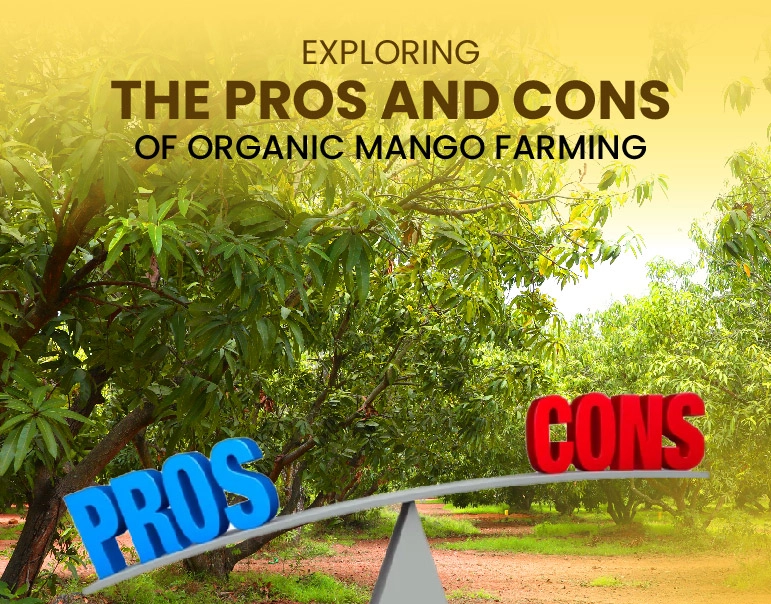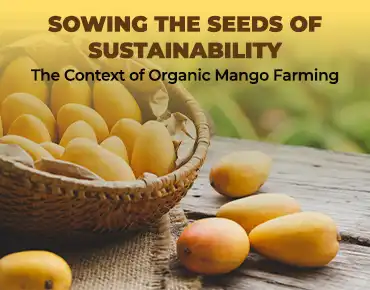India mango farming leads the world in Mango Production
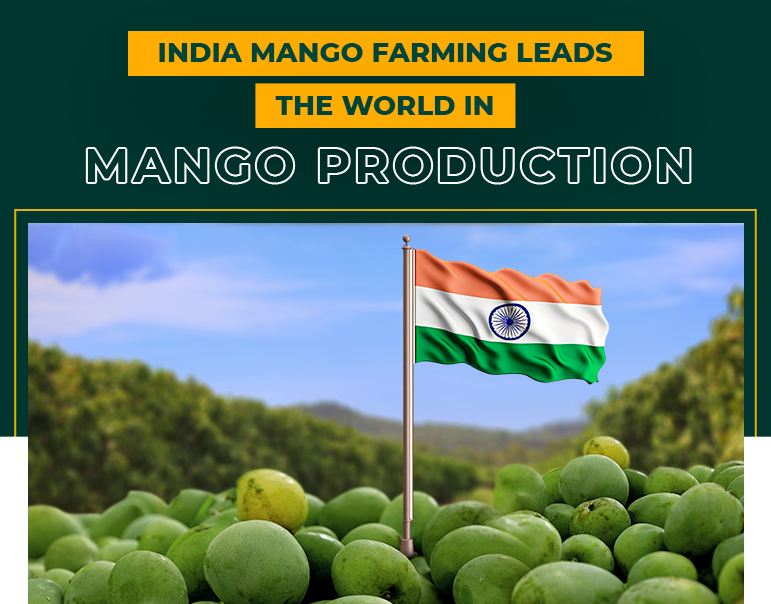

Known as the "king of fruits," mangos hold cultural importance, financial worth and culinary joy in India. Celebrated for its sweet, exotic taste as well as its customs and stories, this tropical fruit symbolizes With about 40% of all mangoes produced worldwide, India has been known as the top grower of the fruit. This blog investigates the causes of India's worldwide dominance, the financial effects of mango farming, problems in the industry and the changing direction of mango farming.
Mangoes have a profound cultural significance in India. They are a mainstay of Indian cooking customs, respected in ceremonies and worshipped during holidays like Ugadi. Mango leaves, symbolizing wealth and happiness, adorn doorways during religious events. Apart from their cultural relevance, mangoes are a commercial crop that farmers all around depend on heavily. States all around grow mango; key players are Uttar Pradesh, Maharashtra, Andhra Pradesh, Karnataka and Tamil Nadu.
With more than 1,000 distinct kinds farmed, India has unsurpassed diversity in mango variations. Every state boasts unique native cuisines, such as Banganapalli from Andhra Pradesh, Alphonso from Maharashtra and Dasheri from Uttar Pradesh. This abundance of variants guarantees a steady supply of mangoes from March to August, therefore meeting both domestic and international need.
India's annual mango output of about 25 million metric tonnes greatly influences rural life as well as the national economy. Several elements enable India to continue leading globally in mango farming:
Diverse Agro-Climatic Conditions: From tropical coastal areas to semi-arid regions inland, India's diversified topography provides a perfect temperature for mango growing. This variety guarantees that mangoes can flourish in many kinds of soil, including black soils in the Deccan area and alluvial soils in North India.
Variety of Mangoes for Every Market: From the sweet Alphonso to the fibrous Langra, India's mango market meets a range of consumer tastes. Export markets also find varieties like Kesar, Neelum and Himsagar rather popular, therefore enhancing India's profile abroad.
Advanced and traditional farming practices: Although many mango growers are now using modern agricultural techniques such as high-density planting (HDP) and organic farming, others depend on generations-old knowledge. This combination of creativity and legacy helps optimize fruit quality and output.
Support from government and agricultural institutions: By means of subsidies, certifications and technical support, the Indian government—through agencies like APEDA (Agricultural and Processed Food Products Export Development Authority)—has been encouraging mango exports. By creating disease-resistant, high-yielding variants, agricultural universities also help.
Maintaining rural economies depends critically on mango growing. Millions of small farmers and laborers who oversee orchards, gather fruits and handle mango-based goods find jobs here. Apart from fresh fruits, the mango trade covers processed products, including juices, pickles, pulp and dried mango, generating other income sources.
Key players in mango pulp and juice exports, such as processing centres in Ratnagiri and Malihabad, attract investments and generate employment opportunities. Rising consumer demand propels the steady export of Indian mangoes, particularly to markets in the Middle East, Europe and North America.
India leads in mango output, but various issues limit the sector's sustainability and expansion.
Climate Change: Variations in temperature and rainfall affect mango trees quite sensitively. Delayed monsoons, early rains, or sudden droughts can affect the flowering and fruiting stages of mango trees, thereby affecting their yields.
Pest and Disease Management: Mealybugs, fruit flies and illnesses including anthracnose can all find their way into mango orchards. While chemical pesticides help control these hazards, the move toward organic farming calls for naturally occurring substitutes now under development.
Post-Harvest Losses: Poor infrastructure for transportation and storage causes India to experience large post-harvest losses. Delays or heat exposure cause many mangoes to spoil on route. Reducing these losses, especially for exports, depends on developing cold-chain logistics.
Strict Export Regulations: Exporting mangoes calls for meeting strict phytosanitary and quality criteria, which may call for expensive treatments including irradiation. Many farmers find it difficult to negotiate export procedures and keep quality across international markets even with government help.
Despite the challenges, a multitude of innovative ideas could contribute to the bright future of mango cultivation in India.
High-Density Planting (HDP): By planting more trees per acre, HDP promotes effective use of fertilizer and water as well as enhanced output. This technique solves land restrictions so that farmers may gather more fruits even from smaller plots.
Organic Farming: More farmers are using organic techniques as consumers want chemical-free food. Organic mangoes pay premium prices in both home and foreign markets, therefore increasing growers' income.
Agri-Tech and Digital Solutions: Technology is steadily improving the management of mango cultivation. Monitoring orchard health, early disease detection and effective irrigation management using sensors and drones is contributing to evading middlemen; e-commerce sites also enable farmers to sell their produce straight to consumers.
New Export Markets and Agreements: With government negotiations for new trade deals opening markets in the United States, Australia and the EU, Indian mangoes are becoming more prevalent worldwide. These initiatives seek to raise the proportion of Indian mangos in upscale foreign markets.
The mango business of India is about to undergo change. Supported by government backing, technological advancements and environmentally friendly methods, the industry is adapting to face upcoming challenges. Together with improved logistics and marketing techniques, the move toward organic farming seems to increase profitability and output.
Putting money into mango farming presents chances for environmental sustainability as well as for financial success. Mango orchards are a great help in slowing climate change since they help conserve soil, sequester carbon and support biodiversity. Mangos grown in India will be especially important in fostering ecological balance as farmers adopt sustainable agriculture.
India's favorable temperature, variety of mangoes and mix of conventional and contemporary farming methods help explain its supremacy in mango production. Especially through exports, mango growing sustains millions of livelihoods and boosts the national economy. The sector is moving toward sustainability and innovation even if issues like planning constraints, pests and climate change still exist.
With more farmers embracing organic techniques, using technology and investigating worldwide markets, mango growing in India looks to be bright. Mangos will remain not only a fruit but also a symbol of cultural pride and economic resiliency as India leads the world in their output. Everyone has a part in honoring the legacy of this treasured fruit, whether that of a consumer, trader, or grower.

